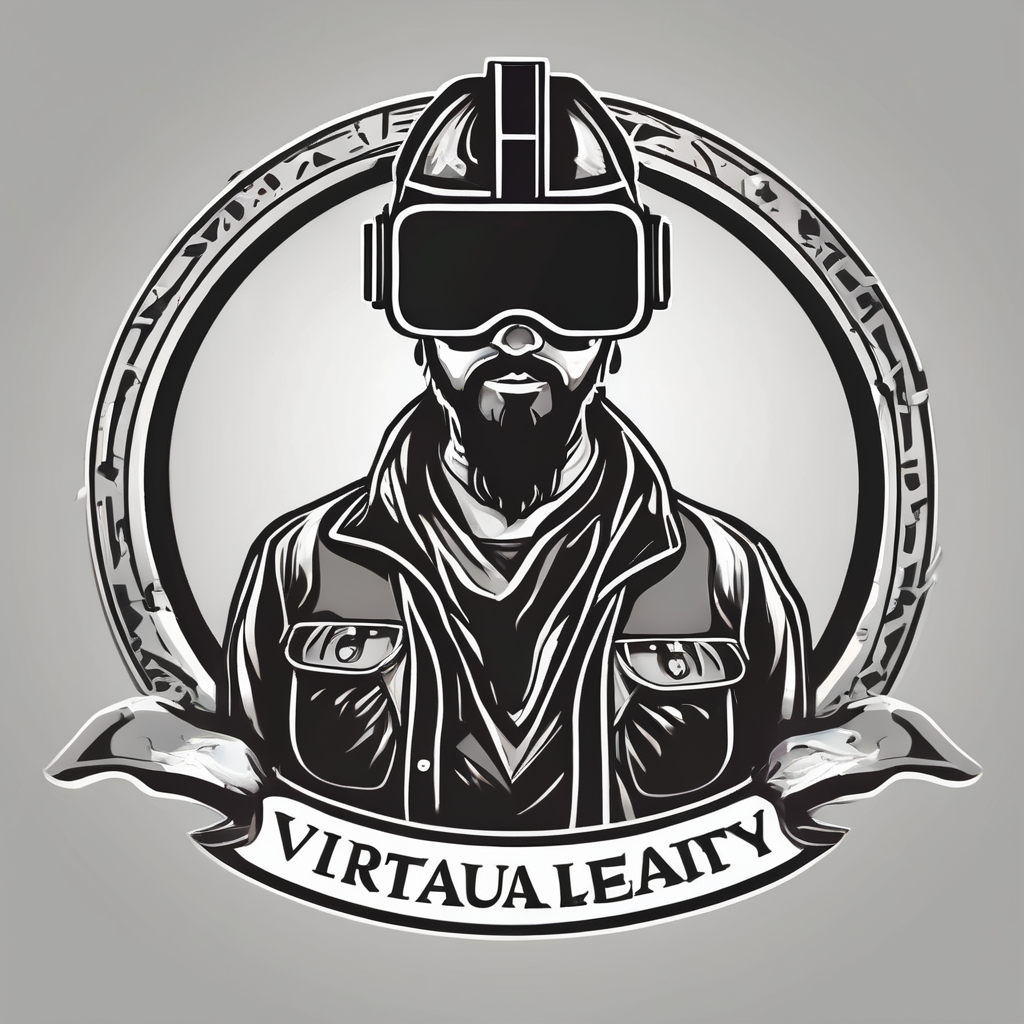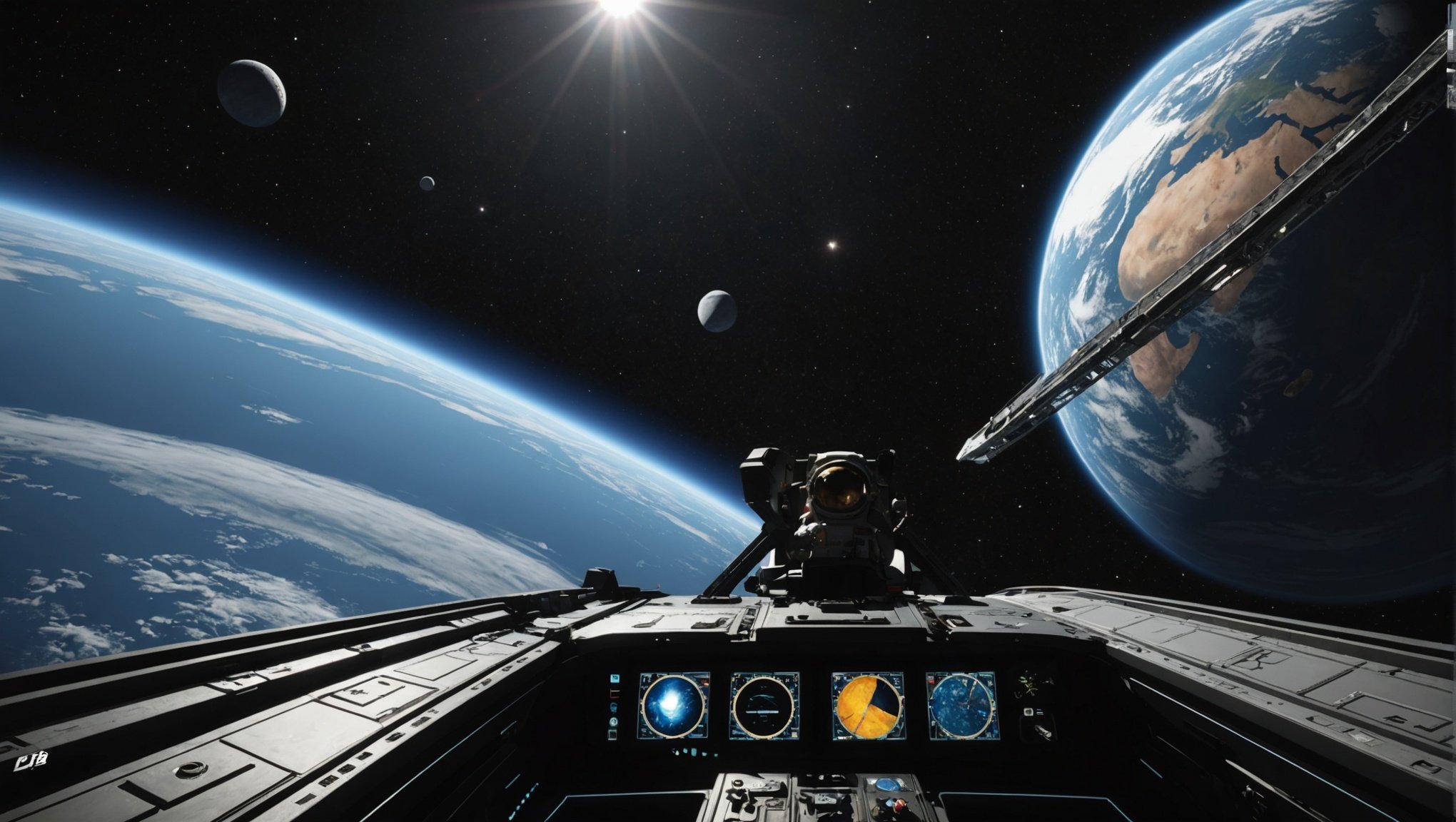Space exploration games have long captured the imagination of players, offering a glimpse into the mysteries of the cosmos. With the advent of real-time ray tracing technology, the visual fidelity of these games has reached unprecedented levels. How exactly does real-time ray tracing enhance the immersive experience of space exploration games? This article dives deep into the mechanics and benefits of this cutting-edge technology.
What is Real-Time Ray Tracing?
Before we delve into the specifics of real-time ray tracing and its impact on space exploration games, it’s crucial to understand what this technology entails. Real-time ray tracing simulates the way light interacts with objects in a virtual environment. Traditional rendering techniques rely on approximations to achieve a satisfactory visual result, but ray tracing calculates the actual paths of individual rays of light, leading to more realistic images.
This might interest you : How can developers use blockchain technology to prevent cheating in online multiplayer games?
While ray tracing has been around for decades, real-time ray tracing is a relatively recent development made possible by advancements in GPU technology. Older systems simply didn’t have the processing power to render scenes in real-time using this method.
The Intricacies of Light and Shadow
Real-time ray tracing fundamentally transforms how light and shadow are represented in a game. In space exploration games, where the play of light and darkness is a critical element, accurate shadow representation can make all the difference. The absence of ambient light in space means that light sources, such as stars and spacecraft, must be depicted with an extraordinary level of detail.
This might interest you : What are the best practices for implementing voice recognition features in narrative-driven games?
For instance, imagine piloting a spacecraft near a glowing nebula. With real-time ray tracing, the colors and intensity of the nebula’s light can be simulated accurately, casting soft, diffuse shadows against the hull of your ship. This level of detail enhances the immersion, making you feel as if you are truly navigating through the cosmos.
Enhancing Texture and Surface Detail
Textures and surface details are another area where real-time ray tracing can significantly improve visual fidelity. Space is filled with a variety of celestial objects, each with its unique texture and surface characteristics. From the ruggedness of an asteroid to the smooth, reflective surface of a space station, real-time ray tracing can bring these elements to life with astounding realism.
Realistic Reflections
One of the most striking visual effects enabled by real-time ray tracing is realistic reflections. Traditional rendering techniques often struggle with accurately depicting reflections, leading to a somewhat artificial look. In space games, where reflective surfaces are common, this can break the immersion.
With real-time ray tracing, reflections are computed dynamically, taking into account the position and intensity of light sources. This means that when your spacecraft flies past a reflective asteroid, the asteroid’s surface will accurately mirror the surrounding stars and other celestial bodies. Such realistic reflections contribute significantly to the overall experience, making the game world feel more believable and engaging.
Surface Textures
Moreover, real-time ray tracing can enhance surface textures by providing more accurate lighting models. The interaction of light with different materials gives each material its unique look. In space exploration games, this means that metallic surfaces, rocky terrains, and gaseous clouds can each be rendered with the level of detail they deserve. Players can observe the fine, granular textures of an asteroid or the smooth, polished surface of a futuristic space station, thus adding another layer of depth to the game.
Immersive Environments and Atmosphere
One of the primary attractions of space exploration games is their ability to create vast, immersive environments that players can lose themselves in. Real-time ray tracing plays a crucial role in enhancing these environments, making them more engaging and realistic.
Dynamic Lighting
Dynamic lighting is one of the standout features of real-time ray tracing. In a space game, the light sources are constantly changing as players navigate through different regions. Real-time ray tracing allows for these light sources to interact dynamically with the game environment, creating lifelike shadows, reflections, and atmospheric effects.
For example, as your spacecraft approaches a planet, the changing angle of the sunlight can create dramatic shadows on the planet’s surface. As you orbit, you might see the sun setting behind a mountain range, casting long, dark shadows across the terrain. These dynamic lighting effects make the environment feel alive and constantly evolving, which adds to the sense of exploration and discovery.
Atmospheric Effects
Space exploration games often feature a variety of atmospheric effects, from the glow of a distant nebula to the shimmering lights of a space station. Real-time ray tracing can enhance these effects, making them more visually stunning and realistic. When you see the glow of a nebula illuminating the hull of your spacecraft, the effect is not just visually appealing but also adds to the sense of scale and wonder.
Moreover, the technology can simulate the way light interacts with different types of atmospheres. This means that landing on a planet with a thick atmosphere can create unique lighting conditions, such as soft, diffused light or vibrant sunsets. These atmospheric effects make each new location feel distinct and memorable.
How Real-Time Ray Tracing Impacts Performance
While the visual benefits of real-time ray tracing are clear, one of the biggest challenges has been its impact on performance. Rendering scenes with real-time ray tracing requires significant computational power, and not all systems are capable of handling this. However, recent advancements in GPU technology have made it more accessible to a broader audience.
GPU Advancements
Modern GPUs, such as NVIDIA’s RTX series, have been specifically designed to handle real-time ray tracing. These GPUs come equipped with dedicated cores for ray tracing, which allows for more efficient processing and better overall performance. As a result, more gamers can enjoy the visual benefits of real-time ray tracing without suffering from significant frame rate drops or other performance issues.
Optimization Techniques
Developers are also employing various optimization techniques to make real-time ray tracing more feasible. These include using hybrid rendering methods that combine traditional rasterization with ray tracing, as well as techniques like denoising to reduce the computational load. Such optimizations allow for a good balance between visual fidelity and performance, making it possible to enjoy stunning graphics without sacrificing gameplay smoothness.
In conclusion, real-time ray tracing has the potential to revolutionize the visual fidelity of space exploration games. By offering more realistic lighting, shadows, reflections, and textures, this technology takes the immersive experience to the next level. As GPU technology continues to advance and optimization techniques improve, we can expect real-time ray tracing to become a standard feature in future space exploration games.
For developers and players alike, this is an exciting time. The ability to create and experience hyper-realistic virtual worlds opens up new possibilities for storytelling and gameplay. So, whether you’re piloting a lone spacecraft through the cosmos or exploring the surface of a distant planet, real-time ray tracing ensures that every moment is visually stunning and immersive. As we look to the future, it’s clear that real-time ray tracing will play a pivotal role in shaping the next generation of space exploration games.











